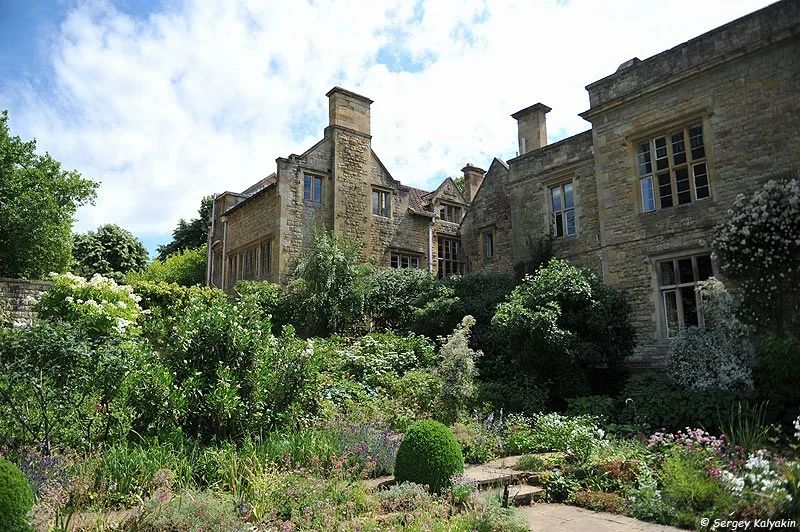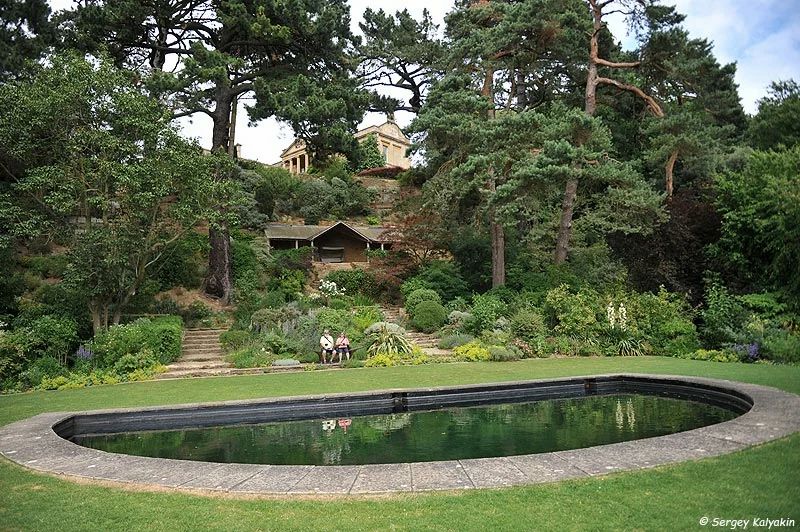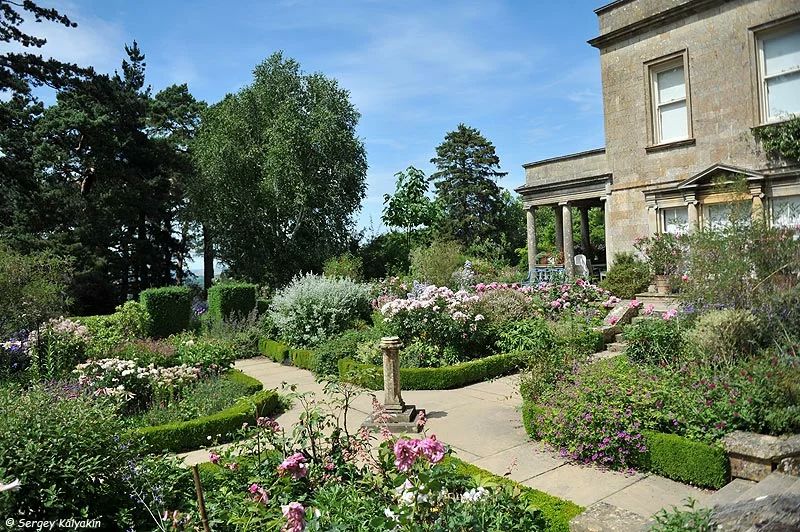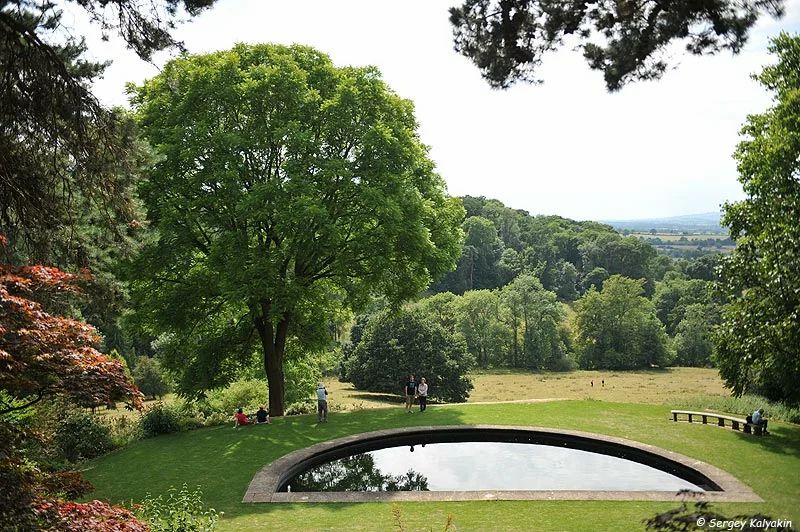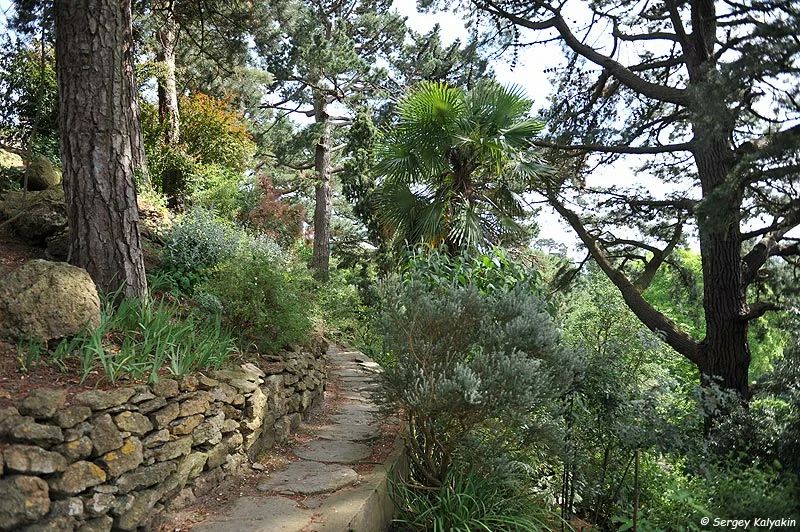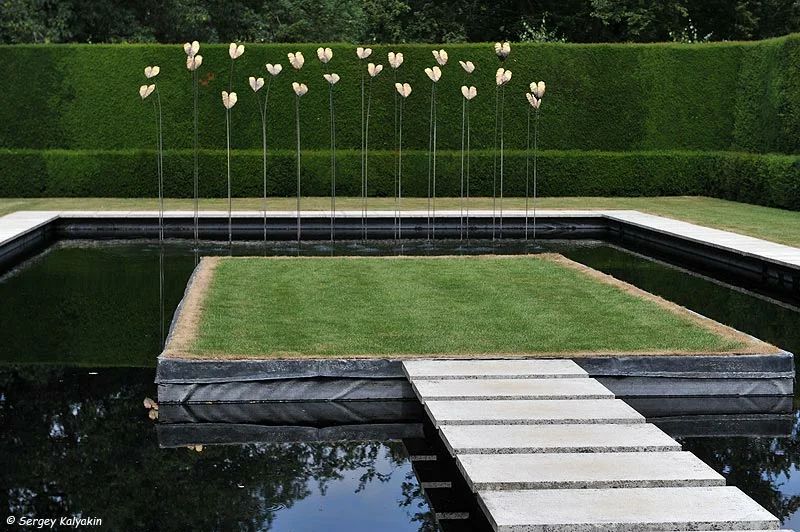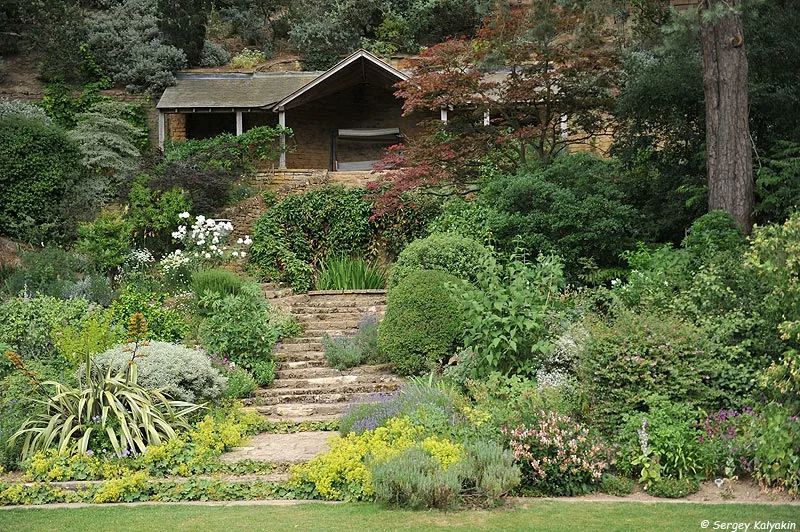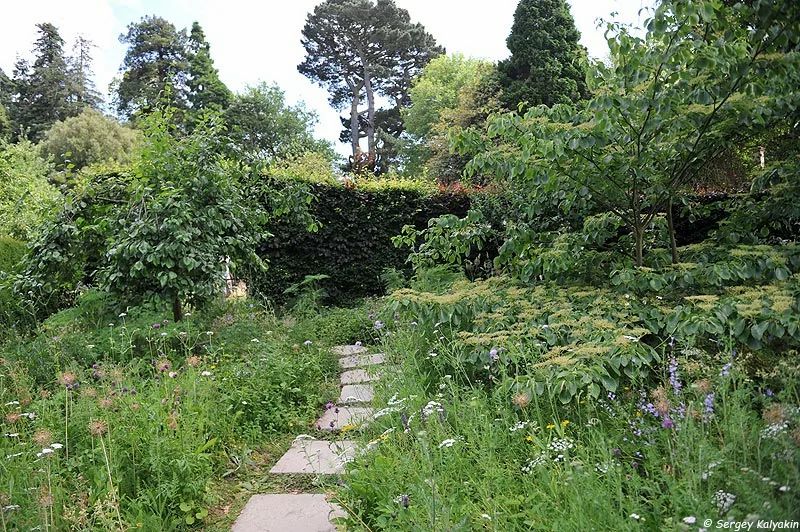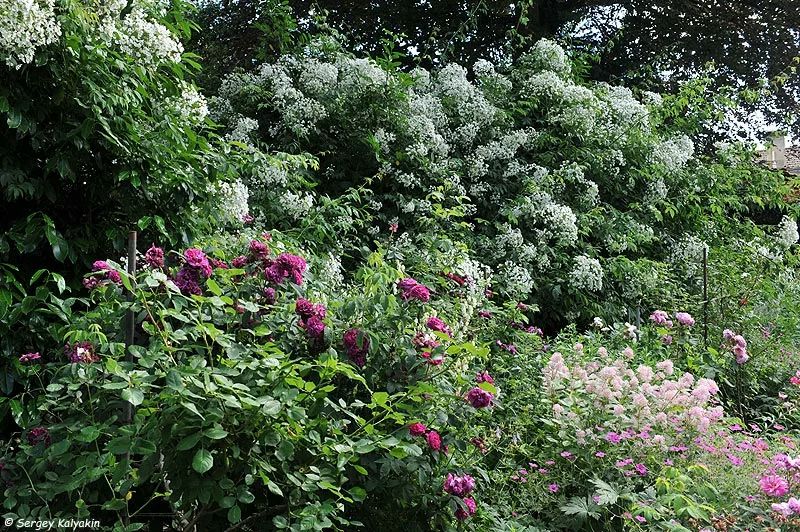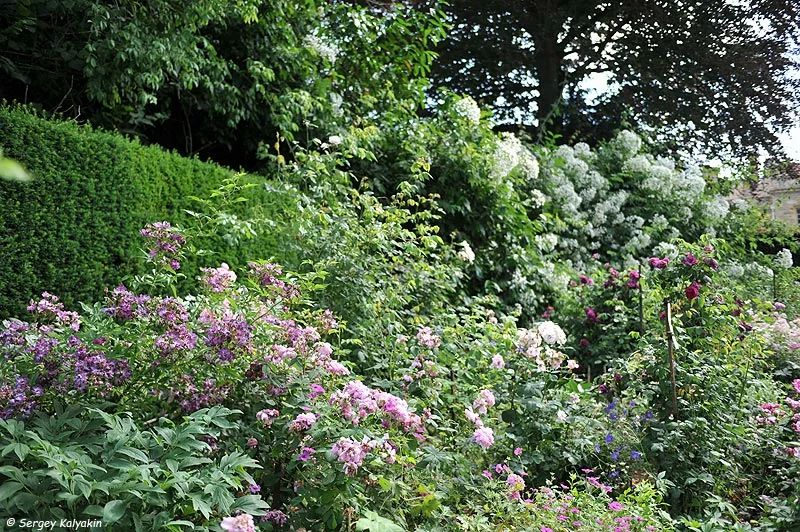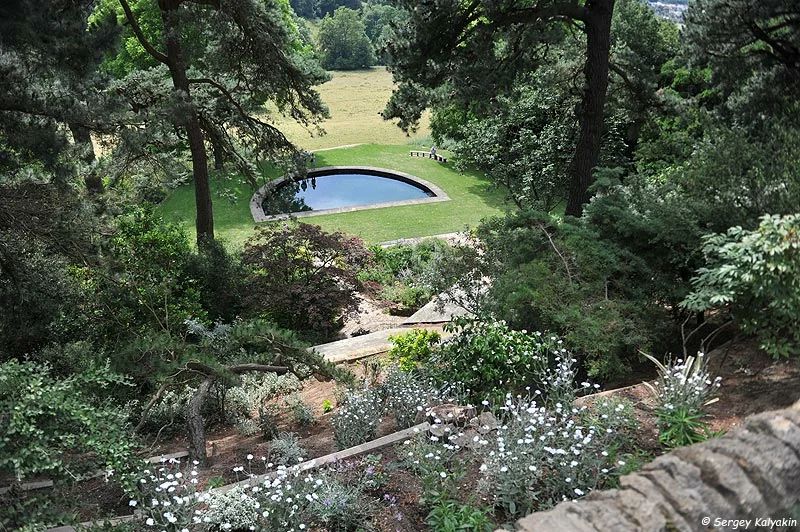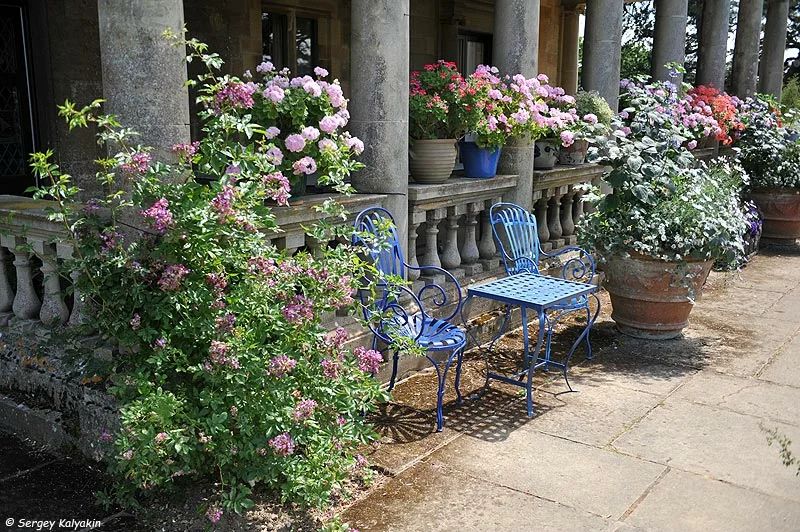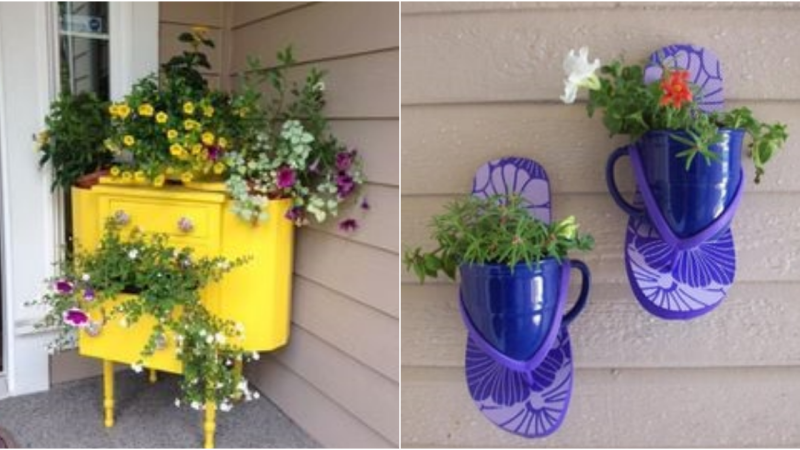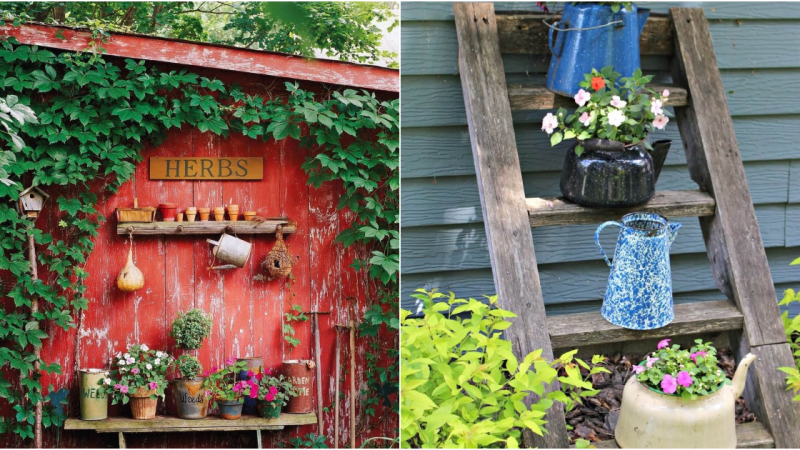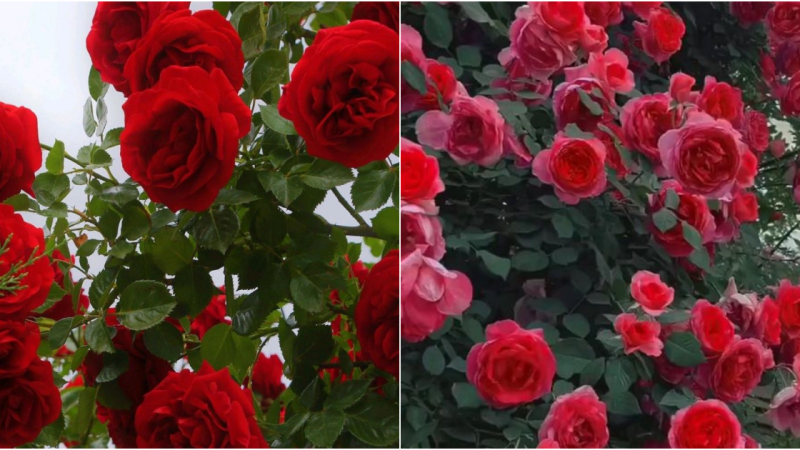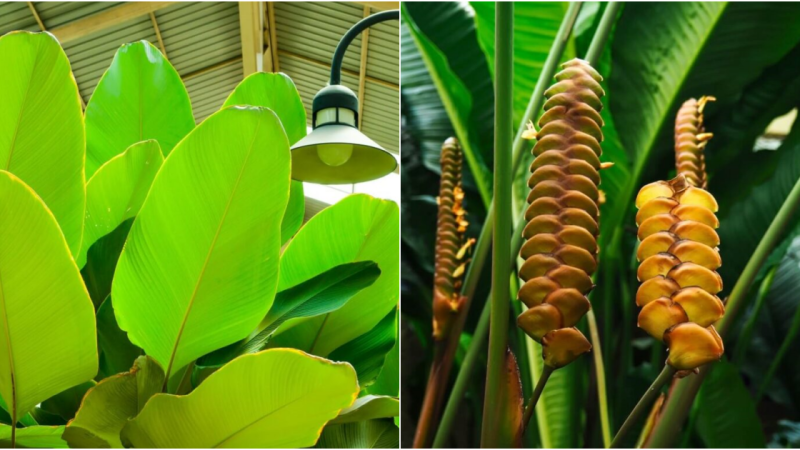Kiftsgate Court: The Garden Where England’s Largest Rose Grows
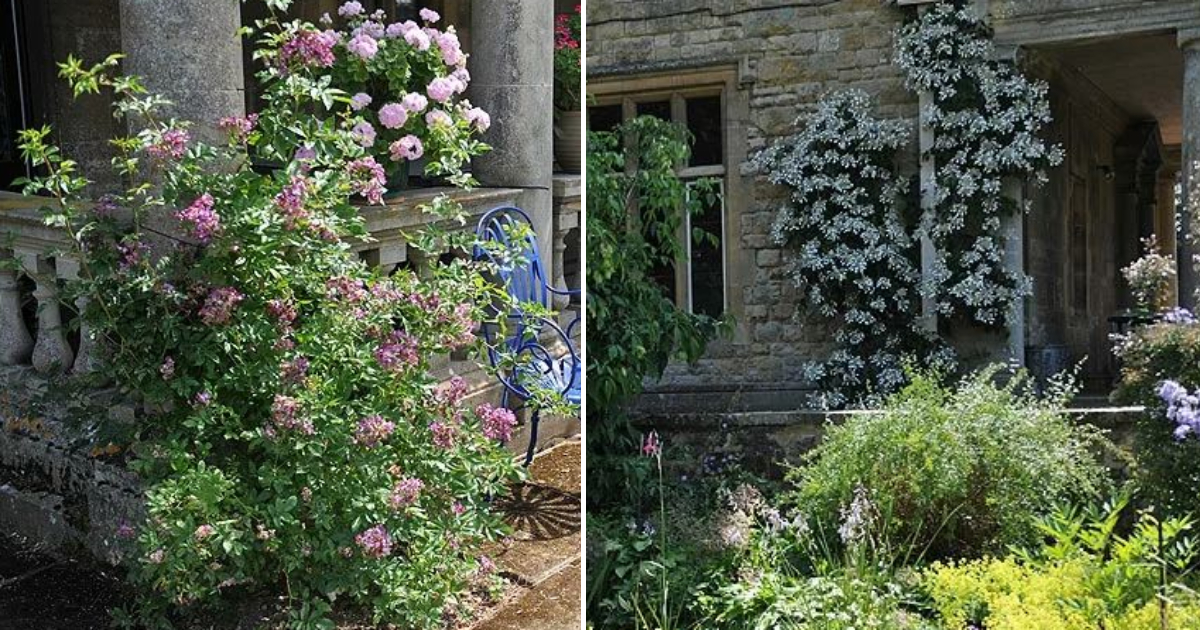
If there ever appears a museum of 20th-century gardening, Kiftsgate Court will become one of its finest “exhibits.” This garden embodies the fate of three of its creators, three generations of an English family.
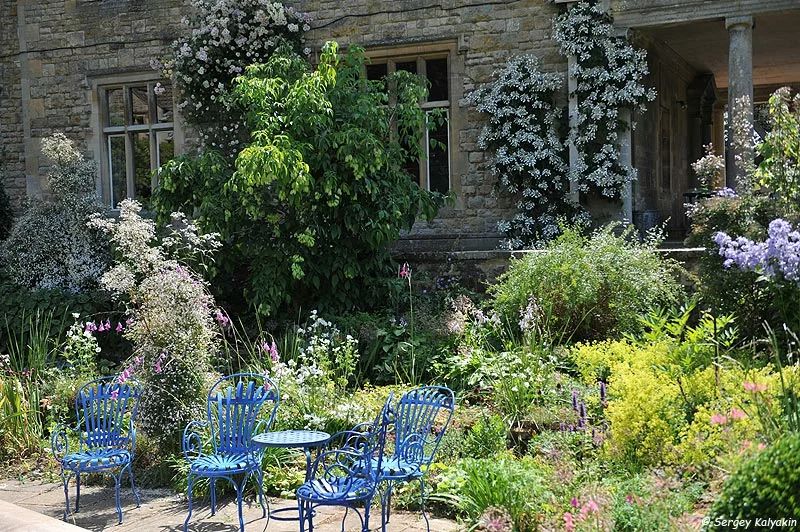
In the secluded White Garden, the rose ‘Heather Muir’ blooms every year, in memory of the woman who established Kiftsgate Court. Her daughter, Daphne Binnie, and granddaughter, Anne Chambers, continued the work of their mother and grandmother.
– Mr. Chambers, Kiftsgate Court is a great example of how even on a site with significant elevation changes, a beautiful garden can be created.
– Indeed, the layout of our garden had to take into account the geographical features of this area as we are situated on the border of a sharp relief change in the Cotswolds. We couldn’t create long, extensive vistas like many other gardens because the steep slope would quickly undermine all our efforts. However, every disadvantage holds an advantage. Our garden is divided into two levels.
– Your garden encompasses both traditional English flower borders and modern design solutions. Its age is not easily discernible…
– The house itself was built around 1880. The garden, however, was established approximately 40 years later by my wife’s grandmother, Heather Muir, a year after she and her husband purchased Kiftsgate Court. The upper part of the garden was developed at that time. Johnny Johnson, the creator of the famous Hidcote Manor nearby, helped Heather with valuable advice and support.
In the 1930s, the slopes were strengthened and terraced. The lower garden and the semi-circular swimming pool at the bottom were created in the late 1950s to early 1960s when the garden came under the management of my wife’s mother, Daphne Binnie. She continued to care for it, filling the lower terraces with plantings and redesigning the White Garden at the top.
We moved here in the 1980s. We didn’t have the opportunity to study gardening professionally; knowledge was passed down “from hand to hand” in our family. We learned through trial and error. Each generation brings something unique to the garden.
And in the upper garden, we transformed the old tennis court into a modern, quite minimalist garden. So, the story continues…
– I suppose you and your wife designed and created this austere water garden specifically for yourselves?
– Kiftsgate Court is a traditional flower garden that requires constant care, and it’s very challenging to find time to simply stroll and enjoy it fully. You always notice what needs to be done: weeding, pruning foliage. Something may deviate from the color scheme, while other plants may grow excessively large.
With our new water garden, there are no flowers at all. We approached its creation from a design perspective. Now, in place of the old tennis court, there’s a serene and secluded garden where we can truly sit and meditate.
– Your garden is full of surprises. Upon entering the rose garden, I immediately noticed the enormous vine entwining the trees. What is it?
– That’s the largest rose in Britain. Heather Muir bought it from a local breeder as a musk rose. The seedling was planted in the rose garden in 1930. During the Second World War, the garden was hardly maintained, and naturally, the roses were not pruned. During that time, my grandmother-in-law’s “musk” acquisition grew considerably.
Thus, it became one of the most famous roses in the country and our biggest mistake. This rose blooms for 15-20 days in early July, but for the other 48 weeks of the year, it’s a nightmare: highly thorny, vigorous, and remarkably aggressive.
So, if you’re interested in the rose garden, come visit us at the end of June for the blooming of the antique roses and in early July to admire ‘Kiftsgate.’ I wouldn’t advise you to plant it in your garden. We can barely control the appetites of this monster with annual severe pruning.
– Do you take care of the garden yourselves, or do you have helpers?
We have two permanent gardeners, and one more joins them during the summer. But we ourselves spend a significant amount of time in the garden. Additionally, we have a nursery where we propagate rare and unusual plants from our garden for sale.
– Aren’t the warm-weather-loving exotics affected by the cold in winter?
The upper part of the garden was originally enclosed by living hedges to provide wind protection – it’s quite windy at the top of our hill. In fact, freezing winds cause much more damage to the garden than low winter temperatures.
– Have you visited Russia?
I used to fly to Moscow frequently for work in the mid-1980s. Your capital seemed very gray and dismal to me back then. But now, it’s a completely different story!
